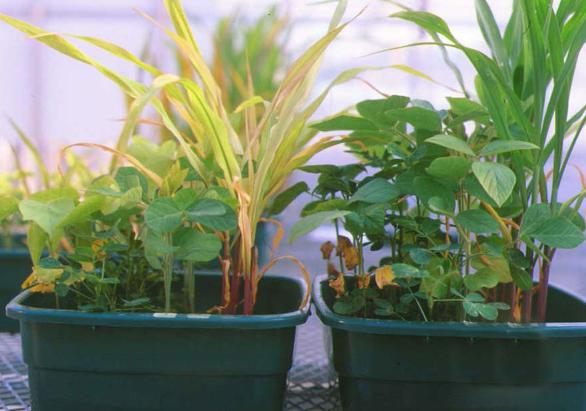Sulfur is found in plants as a building material of amino acids, proteins (e.g. cystine), vitamins, enzymes, and some volatile compounds such as mustard oil. It is the basis for chlorophyll. It gives flavor to many vegetables. Increases enzyme and vitamin development and activity. It helps to improve root growth and seed production. It helps the plant to be strong and resistant to cold. Sulfur can be in rainwater and plants can take up sulfur from rainwater. Sulfur is an element found in the structure of organic substances. Therefore, it can be found in soil in organic and inorganic form. However, an important part of the amount of sulfur in the soil is organic sulfur.
Plants take up sulfur in the form of sulfate ions (SO4-2) through their roots. On the other hand, they can also take in sulfur dioxide through their stomata. ulfur is carried more upwards in plants. The carry-down is very limited. Sulfur from old tissues is not transported to younger tissues. It is washed off with irrigation. Irrigation waters may contain sulfur.
Sulfur Deficiency
Symptoms very similar to nitrogen deficiency are seen in sulfur deficiency in plants. So there is a homogeneous yellowing. It has light green leaves in its deficiency. But the difference is that the yellowing is first on the young leaves. In nitrogen, yellowing occurs in old leaves. This is because the sulfur cannot be transported from the old leaves to the young leaves.
Symptoms very similar to nitrogen deficiency are seen in sulfur deficiency in plants. So there is a homogeneous yellowing. It has light green leaves in its deficiency. But the difference is that the yellowing is first on the young leaves. In nitrogen, yellowing occurs in old leaves. This is because the sulfur cannot be transported from the old leaves to the young leaves.

